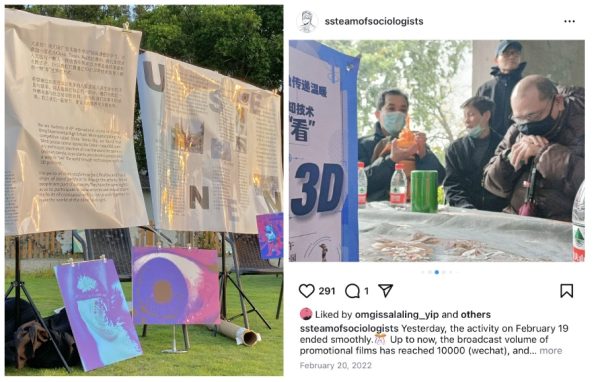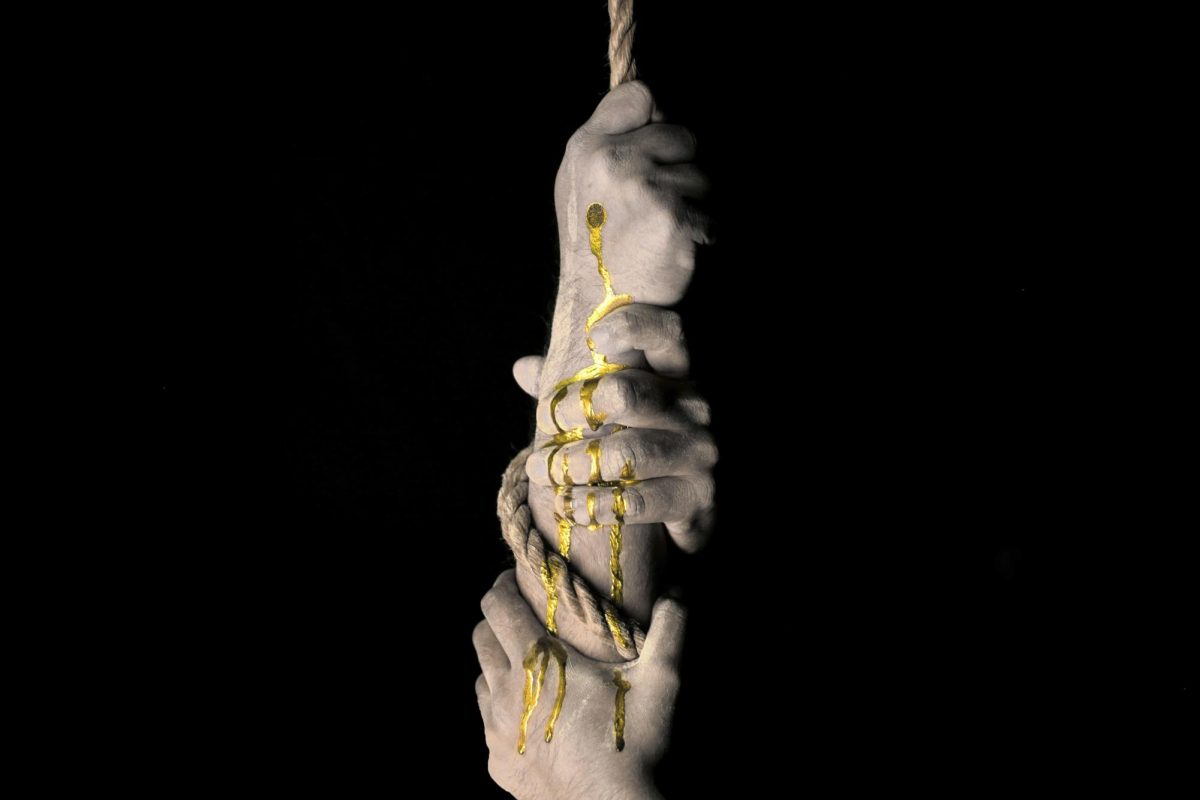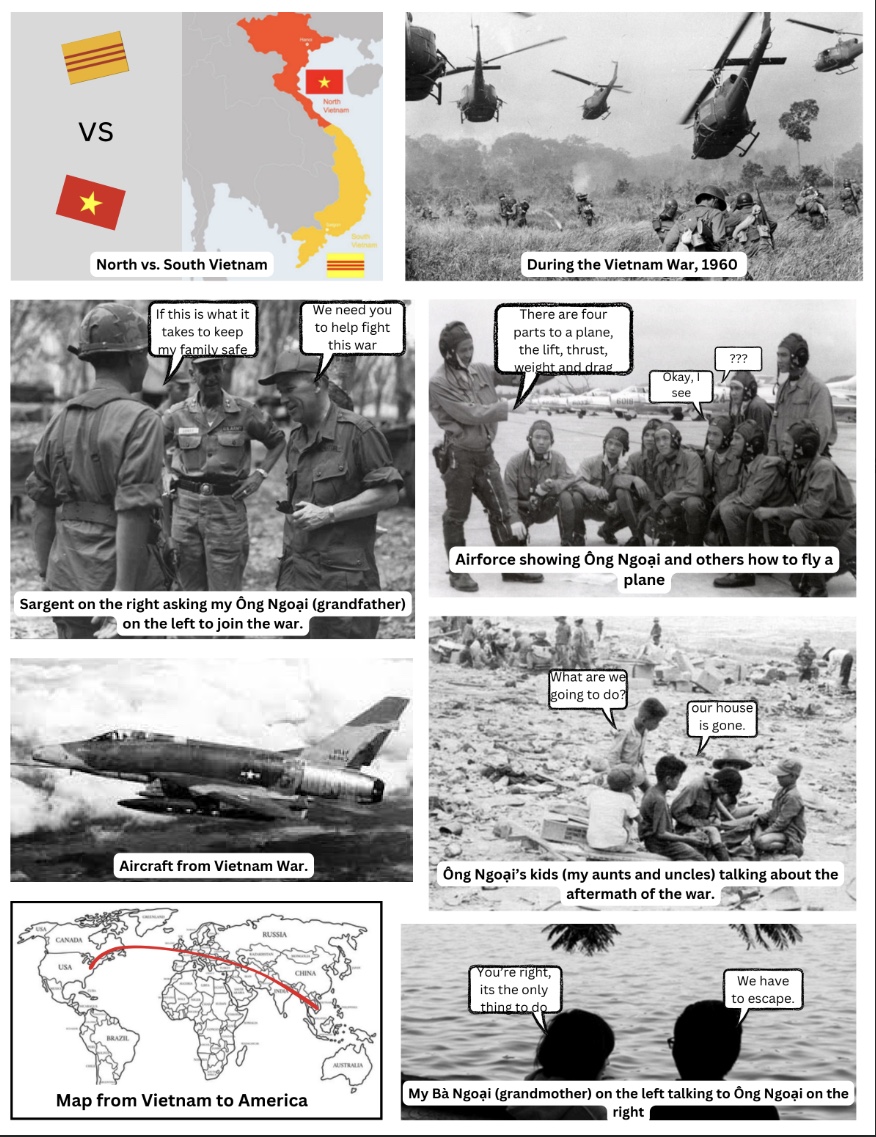The starting point of this project is an afternoon when I am discussing with a few classmates what we can do for the community. “Would it be great if visually impaired people could also experience the beauty of architecture?” “If only the visually impaired could also appreciate the beauty of architecture.” “We can make some models for them to touch and feel.” “It shouldn’t be difficult to use CAD for modeling and then print them out.” At this moment, it seems that we can already see the smiles on the faces of those visually impaired people when they touch the models. Everyone is immersed in the joy of accomplishing a good deed. At first, everything seems so simple. In our imagination, all we have to do is click a few times on the computer to design the models and then use the 3D printer to print them out, and the project will be completed successfully. However, when we actually start to work on it, we are shocked to find that the seemingly smooth road is full of obstacles. The choice of materials and the precision of printing, each problem is an obstacle lying in front of us. The first models we make have serious size deviations and the touch feeling is far from satisfactory. The confidence and enthusiasm I had before disappear like bubbles at this moment. During these days, I often fall into deep thought, and my heart is full of struggles. I begin to doubt myself, wondering whether this idea is too unrealistic or we are in the wrong direction.
In order to make this project a success, we decide to consult experts in this field. When we walk into the expert’s studio, it is filled with various design models and materials. I feel both nervous and expectant. The expert, wearing a pair of glasses, listens attentively as we tell him about the project. After listening, he says, “Your idea is really good, but there’s a lot of knowledge involved in it. Take the tactile sensation issue for example. Visually impaired people perceive the world through touch, so the surface material of the models must have just the right amount of friction. If it’s too smooth, they can’t hold the tactile sensation; if it’s too rough, it will interfere with their judgment of the shape.” Then, the expert picks up a model and points to its edge, saying, “When it comes to material selection, you not only need to consider the tactile sensation but also the stability and safety of the materials. Some materials may be fragile over time or have an unpleasant smell, and these are unacceptable.” Thoughts in my mind during conversation are not only the steps we will take to finish the project but also link to the thought I always ignore. I do research but the reason I still make mistakes is I am too rushed on the result, hoping to be done in days. “细节决定成败” (Details are important for success) Sometimes is not about how much I can do simultaneously, but how much I am really sophisticated in. So, I decide to slow our speed and truly dive into some problems we faced before by considering the suggestions from experts. When choosing materials, I hold different materials in my hands, feeling their textures repeatedly and imagining how the visually impaired will feel when touching them. When designing the models, I pay more attention to the smoothness of the lines and the clarity of the edges, striving to make every detail clearly perceptible.
Later, we take the models to the visually impaired people for them to experience. When we explain our intention and hand the models to them, their reactions are unforgettable. A visually impaired elder brother is stunned for a moment at first, and then says surprisingly, “I never expected that someone would specifically make these for us. Thank you so much!” Looking at their reaction to our designs and recalling this experience, from the initial confusion to consulting the experts on solutions, this journey has really been not easy and leaves me a great memory with my communities.







